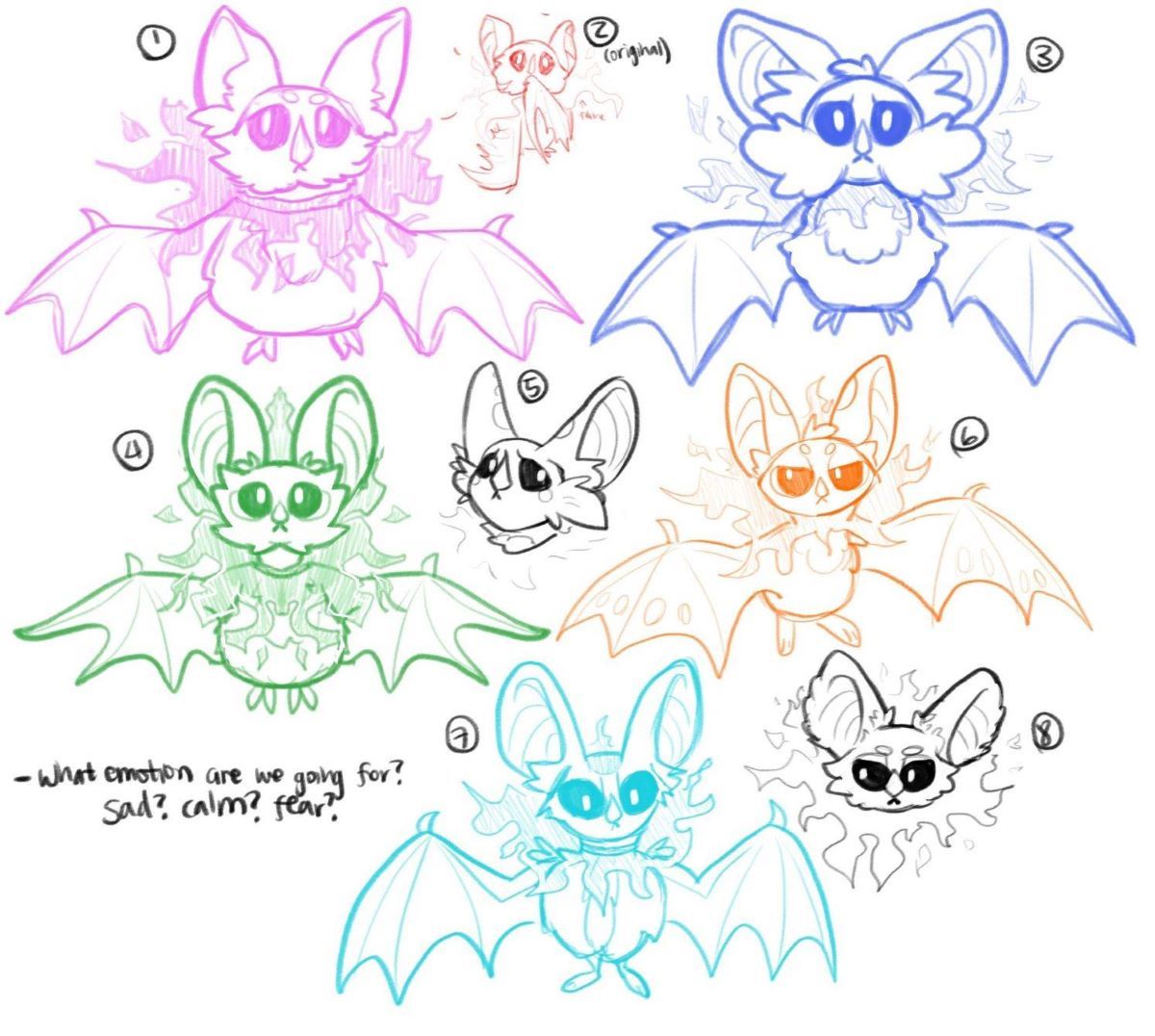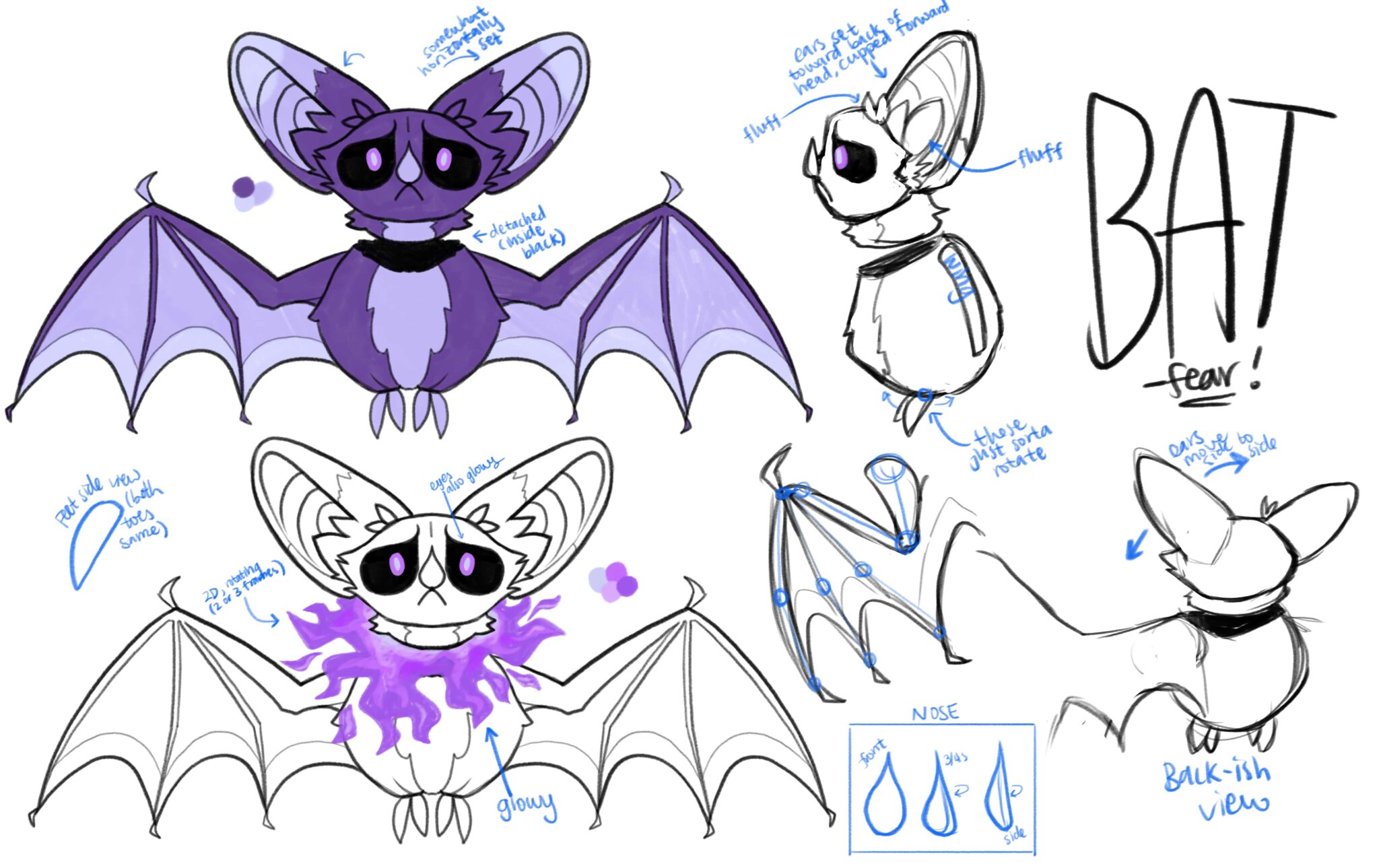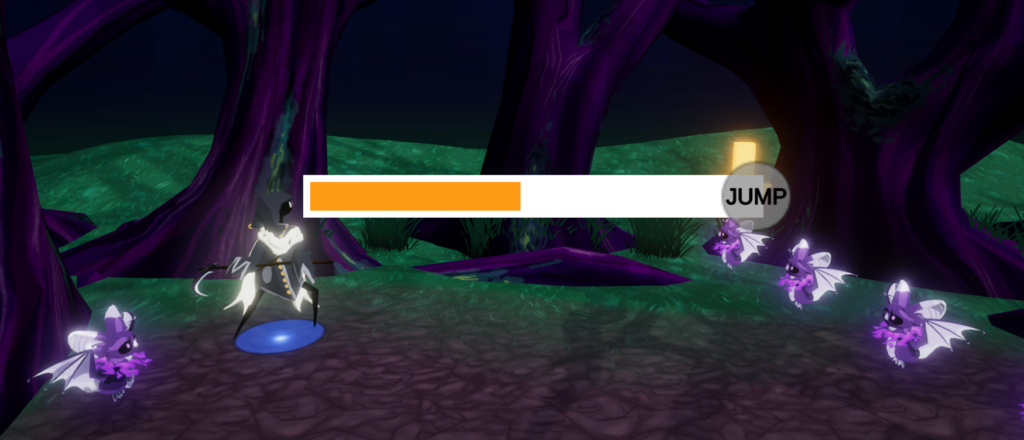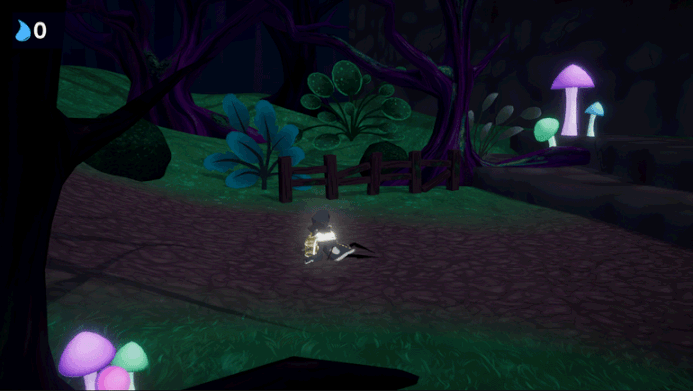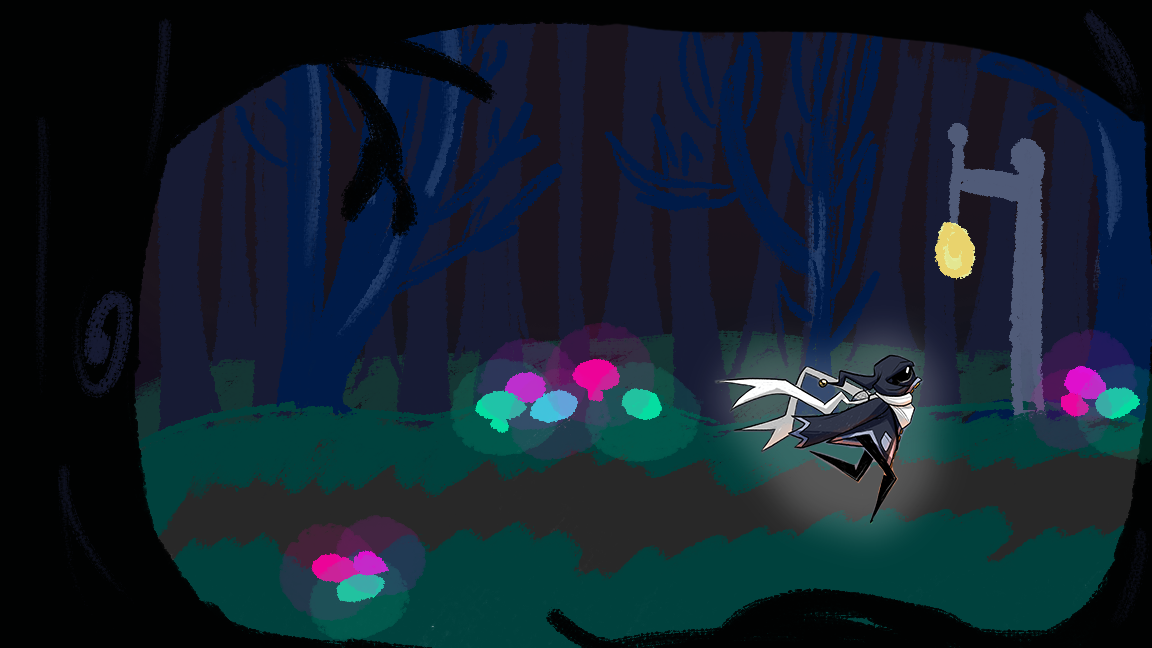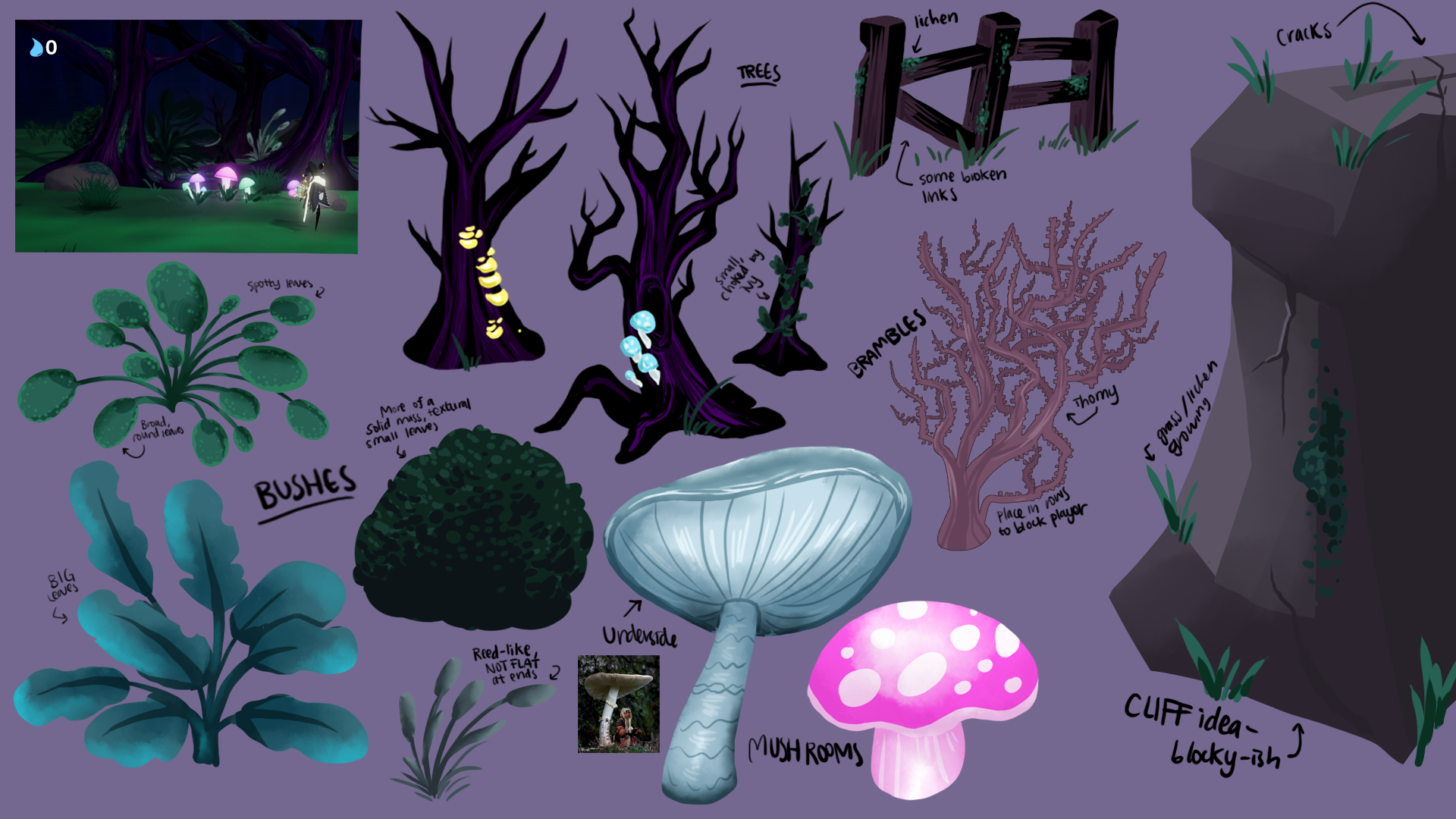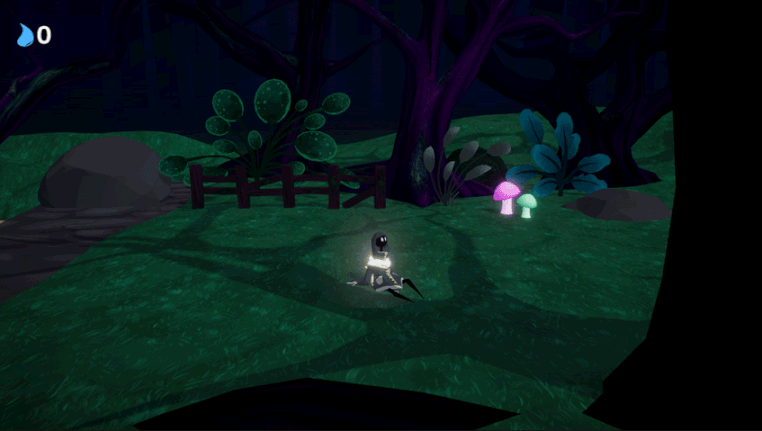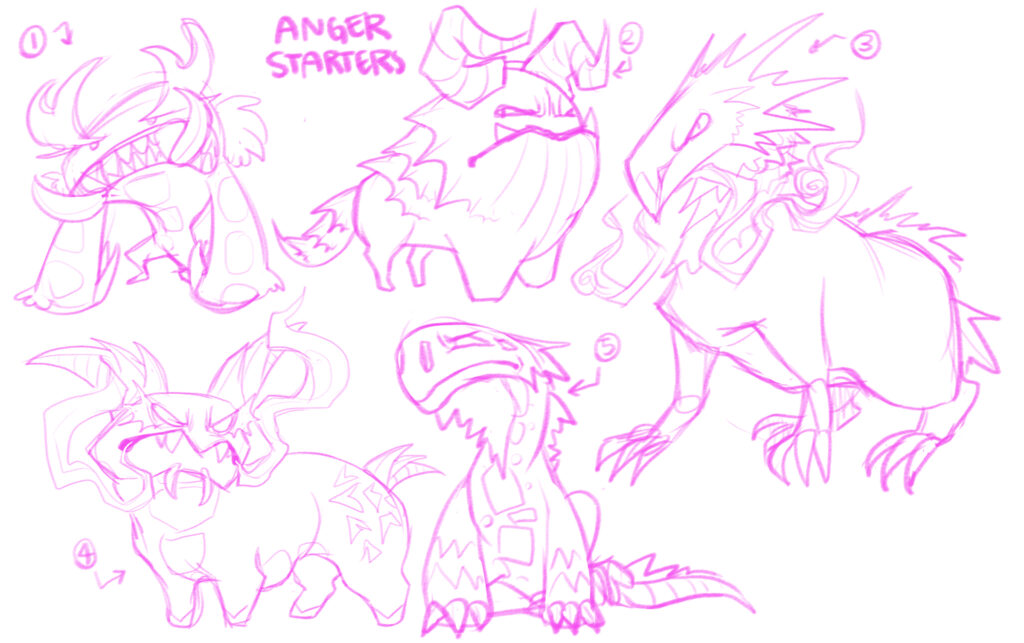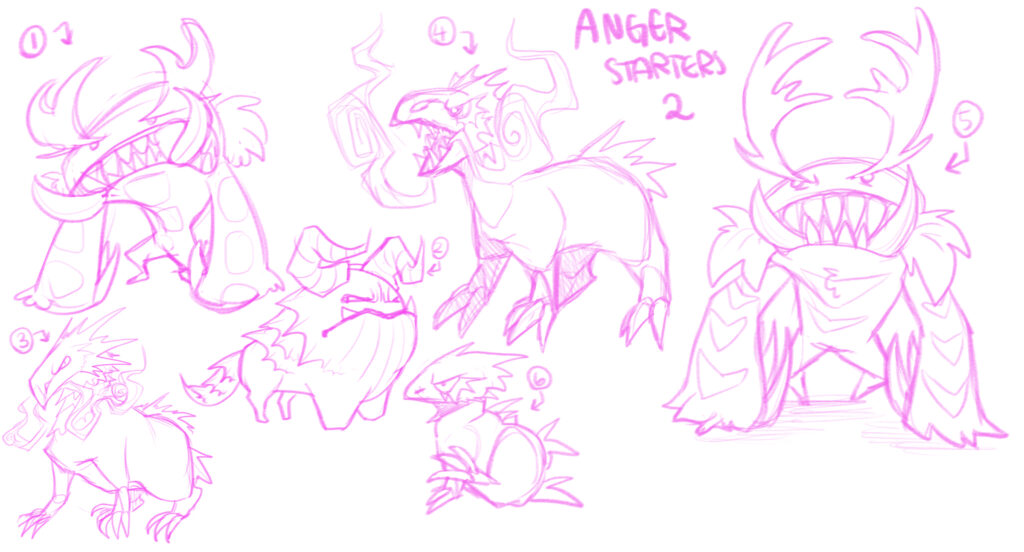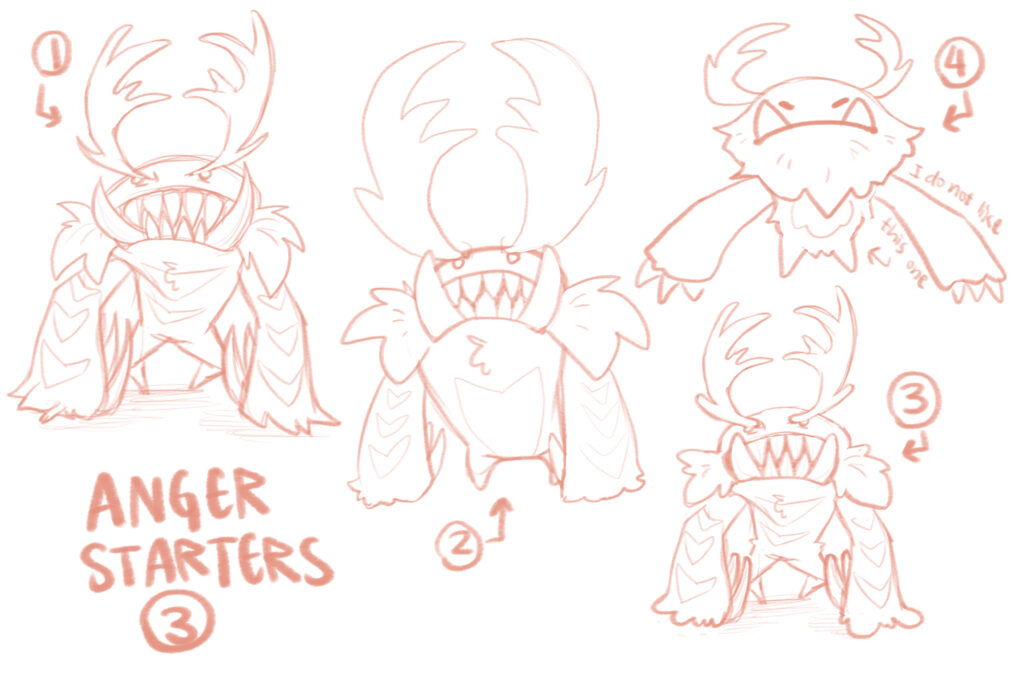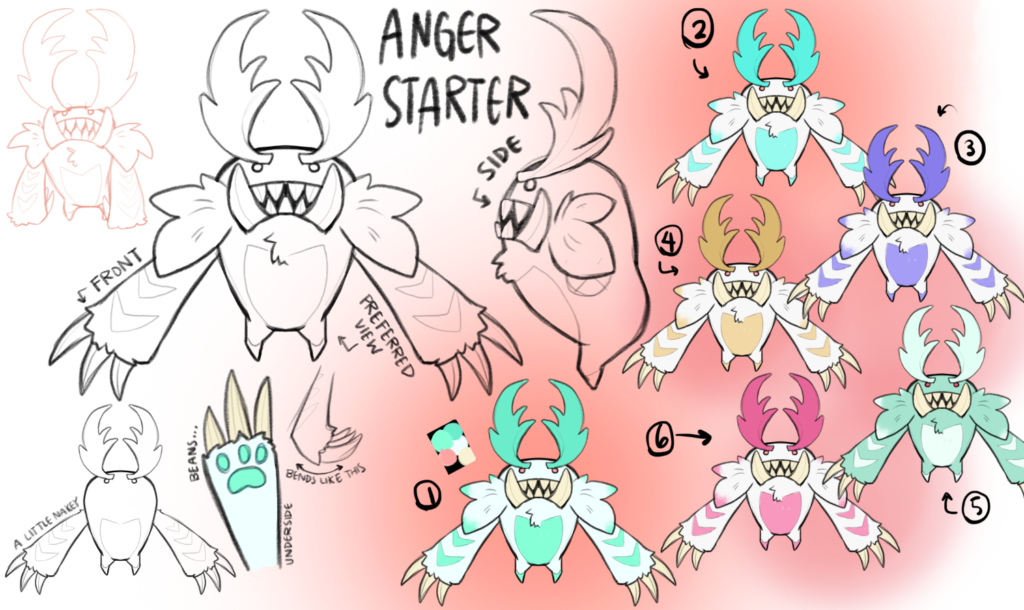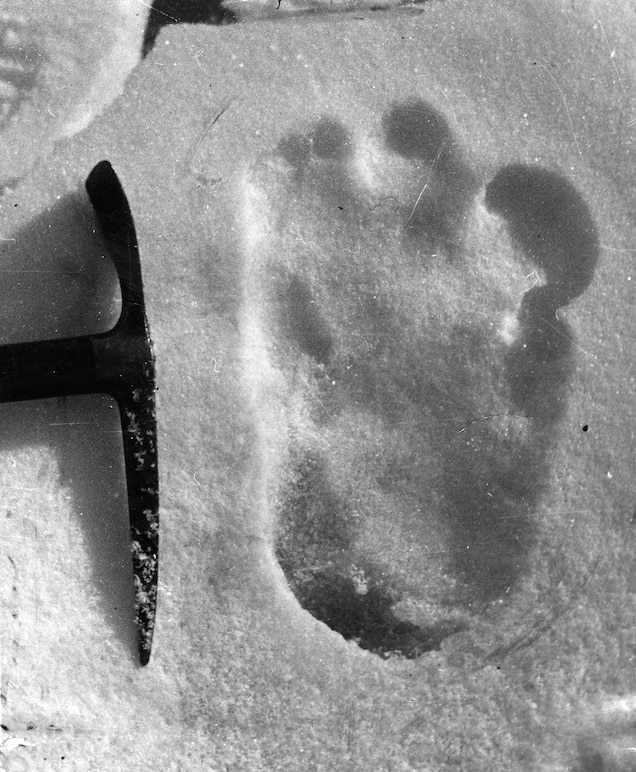Heya! Sera here! Devblog time!
So! Today I’m going to be chatting about the Love starter and Fear starter! By the way, the order in which I talk about the starters is somewhat random and mostly just based on what I feel like writing about on any particular day 😅 Here we go!
Love Starter 💖
The Love starter! There were a lot of directions to go, but we kind of knew from the start that at least one of our starters was going to be based on a dolphin. One of our friends from college has always wanted a dolphin Pokemon, and has yet to be granted that wish, so this one’s for her!
I looked into some cryptids that were dolphin-like, and most of them were pretty boring to be honest. A lot of globsters (animal carcasses that wash up on beaches and are misidentified as monsters, extinct animals, etc), and just not a lot of particularly original creatures. Which is to be expected when looking up a monster based on what it probably is in real life! But I did find one that gave me at least a bit of a starting point for our design: the rhinoceros dolphin.

The rhinoceros dolphin supposedly was spotted in 1820 off the coast of the Sandwich Islands and New South Wales, and was described as a large dolphin (around 9 feet long), with a black and white splotchy patterned skin and two dorsal fins. The men who originally spotted this “species”, Jean Rene Constant Quoy (who was a zoologist and anatomist) and Joseph Paul Gaimard (a naturalist) claimed to have spotted a whole pod of them, about 9 in total. No known cetacean has two dorsal fins (they all either have one or none at all), and despite a few more sightings of dolphins with two dorsal fins over the years, the rhinoceros dolphin is thought to be an old classic–misidentification!
There are a few explanations for what Quoy and Gaimard saw that day: a dolphin with a remora stuck on its head, a dolphin exhibiting “somersault” behavior (lying on its side with a flipper and fluke out of the water), or a pod of inbred beaked whales with some genetic mutations among them. I personally believe that the most likely explanation is a pair of beaked whales that appeared as one creature because of perspective! Baby dolphins sticking closely to their mothers’ side is a commonly observed behavior, and could easily explain the strange placement of a second dorsal fin on the animal’s head!
Our dolphin Phantom takes a lot of inspiration from this cryptid! I incorporated the two dorsal fins, since those are the most obvious feature of the original rhinoceros dolphins, and converted the big black and white splotches into little heart shaped ones! I also took the liberty of giving our Love starter a more obvious reference to the cryptid’s name with a little rhino horn on its snout.
Fear Starter 😱
The Fear starter was the second Phantom to be finalized, after our little Joy friend (you can read about the Joy starter here)! I actually drew this Phantom up before we’d decided on what emotions we were going to use as types in the game, so its expressions originally weren’t entirely fearful 😅
My idea from the start had been based on another mythological creature: the Dullahan! The Dullahan is a mythological headless horseman (sometimes horsewoman!) from Ireland. They’re pretty dang spooky sounding! They carry a whip made from a human spine, has a hideous grin and rotting flesh, and typically carries their own head under their arm! They are also somewhat commonly portrayed with a ghostly flame coming from the stump where their head once sat 👻
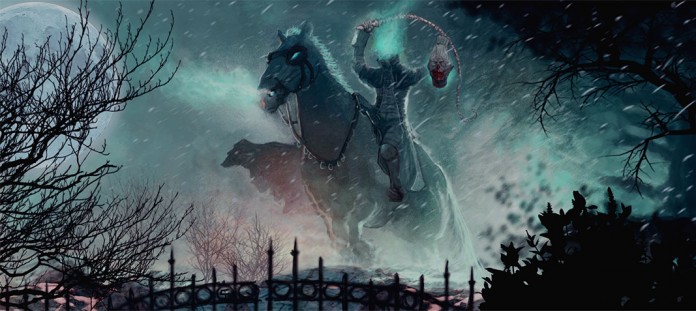
Scary! But our little Fear friend isn’t quite so intimidating. However, they do take a few similarities from the Dullahan. For one, their head is, indeed, detached. Around the stump is a ring of ghostly purple flames (to be animated… soon 👀). It would have been easy to make a bat-like creature draw from vampire mythos, but I like to make things hard for myself 🙃
In Conclusion
Thanks for reading! These creatures and myths have been really fun to research! Congratulations for reading this far, and I hope you have an awesome day 😀




